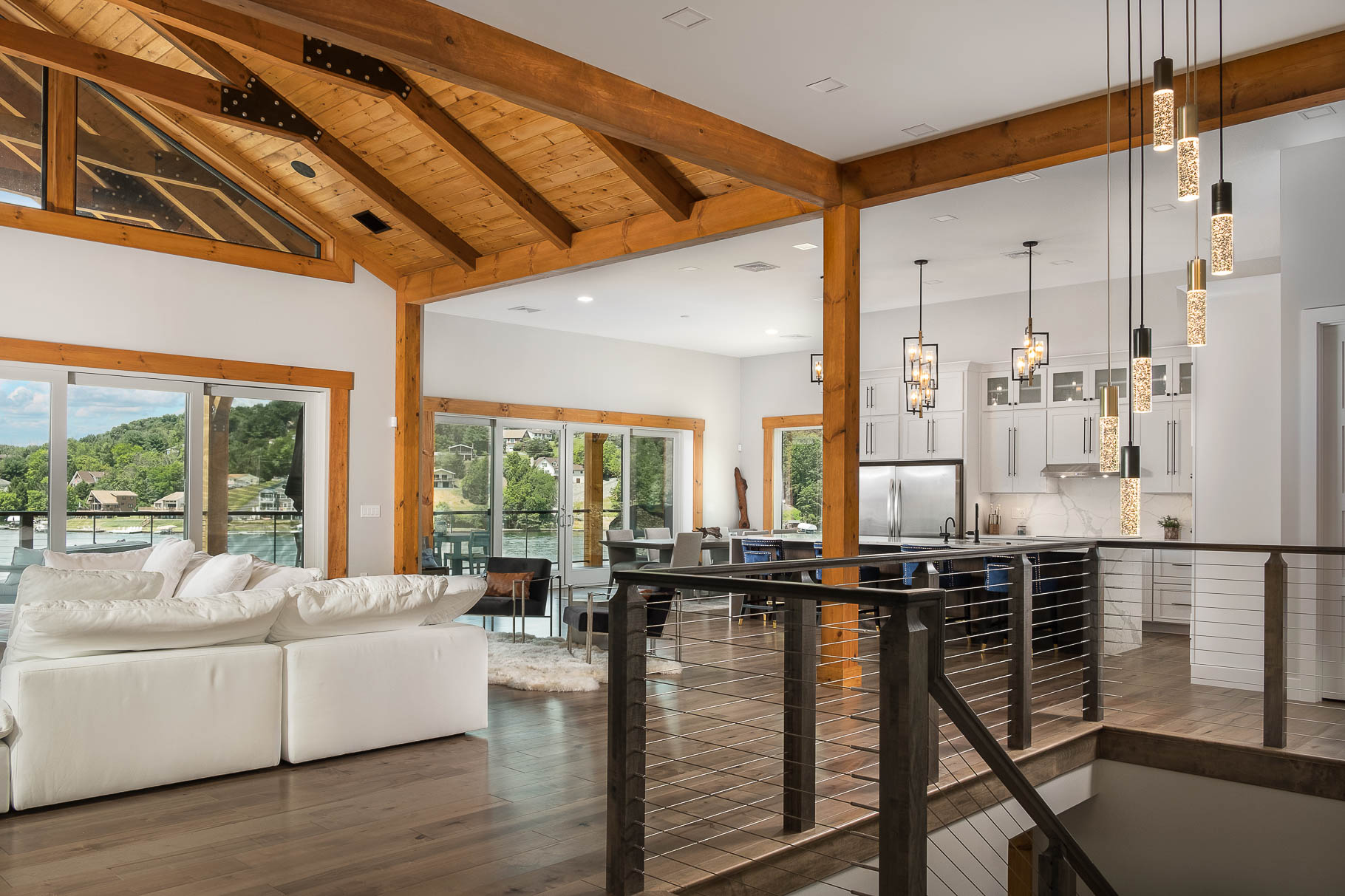Commercial photography is an essential element of marketing for architects and homebuilders. It is an art that requires skill, creativity, and a keen eye for detail to capture the essence of the building’s design, functionality, and ambiance. It is the perfect way to showcase the architectural features, finishes, and craftsmanship of a building to potential clients, investors, and the public. In this article, we will explore the value of commercial photography for architects and homebuilders, the challenges faced, and why the cheapest photography option is not always the best option.
Architectural photography is an exciting field that captures the beauty and details of the built environment. Whether you are an architect, designer, or construction company, investing in professional architectural photography can provide numerous benefits that will help you stand out from your competitors and showcase your work in the best possible light.
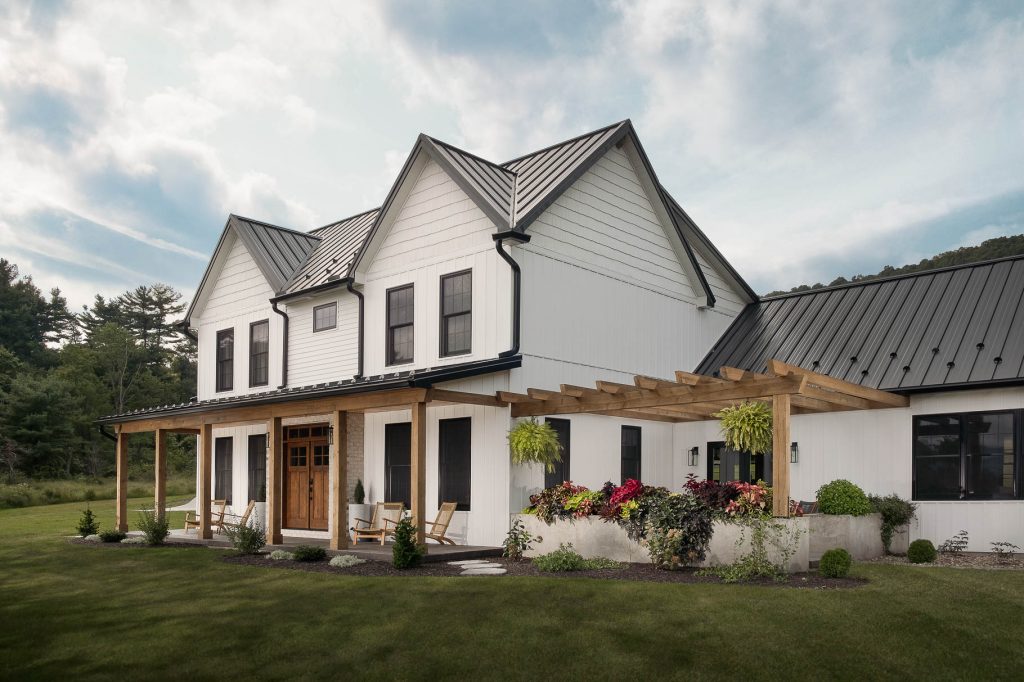
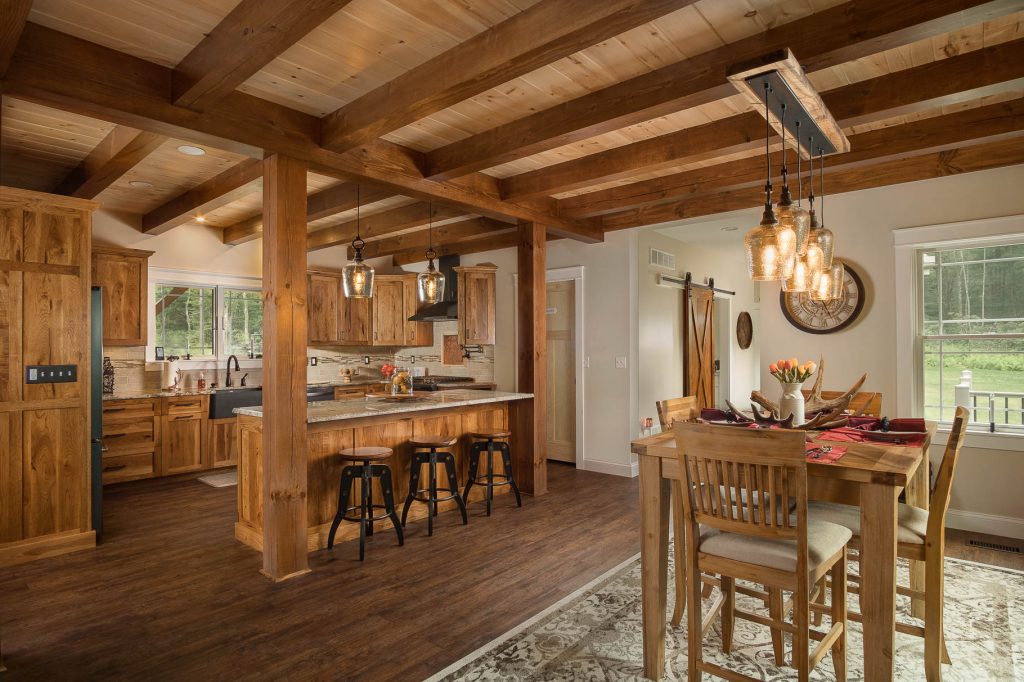
Importance and Value of Commercial Architectural Photography
The primary purpose of commercial photography for architects, designers, and builders is to showcase their work to potential clients, investors, and the public. A picture is worth a thousand words, and it is the first impression that a potential client has of a building. The photographs must capture the design, materials, textures, colors, and lighting of the building. It must also showcase the functionality, flow, and ambiance of the space.
Commercial photography is also an essential element of branding for architects and homebuilders. It is the perfect way to showcase the unique style, philosophy, and vision of the architect or homebuilder. The photographs can be used on their website, social media, brochures, and other marketing materials to promote their brand and attract new clients.
Challenges of Architectural Photography
Architectural photography presents a unique set of challenges that must be overcome to capture the perfect shot. These challenges can arise from a variety of factors, including the size and complexity of the structure or scene, the surrounding environment, and the desired visual aesthetic.
One of the biggest challenges that architectural photographers face is capturing the intended design of the structure. A professional architectural photographer must be able to understand the design intent of the building and capture it in a way that is both aesthetically pleasing and informative. Most spaces are often designed to meet specific goals, whether that be maximizing natural light, promoting a certain image or style, or creating a unique experience for visitors. Capturing these design features requires a deep understanding of the architect’s vision and the ability to translate that vision into images. This requires not just technical skill, but also a keen artistic eye and a sensitivity to the nuances of design.
Another challenge is working with the physical constraints of the structure and surrounding environment. Commercial buildings are often large and complex, with multiple floors, rooms, and angles, while residential structures may be very limited in working space. This can make it difficult to capture the entire scene in a single shot or to highlight specific design features.
Commercial architectural photography is a collaborative process that requires close communication and coordination with architects, designers, and other stakeholders. This collaboration is essential to ensure that the images accurately represent the intended design and meet the client’s expectations. However, it can also be challenging to balance different visions and priorities, and to find a way to create images that satisfy all parties.
To address these challenges, commercial architectural photographers must have a deep understanding of both the technical and artistic aspects of photography, as well as a strong ability to collaborate and communicate with other professionals in the industry. They must be able to work with the physical constraints of the building and surrounding environment to create images that are both aesthetically pleasing and accurately represent the design intent. They must also be able to balance the competing priorities and visions of multiple stakeholders to create images that meet everyone’s needs.
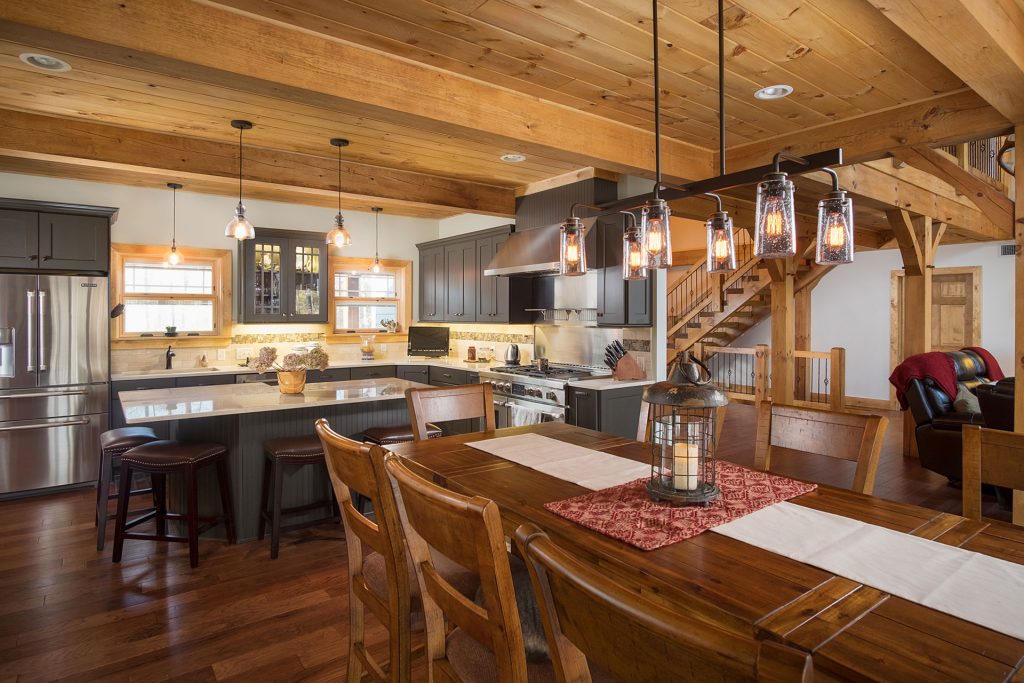
Commercial Architectural Photography vs. Real Estate Photography
While both commercial architectural photography and real estate photography involve capturing images of structures, whether homes or commercial buildings, there are significant differences between the two. Understanding these differences is important for architects, designers, and builders when selecting a photographer for their project.
Real estate photography is typically focused on showcasing a property for sale or rent, with the goal of attracting potential buyers or renters. Real estate photographs tend to be more utilitarian in nature, with an emphasis on providing a clear and accurate representation of the property’s features. Real estate photographers will typically use wide-angle lenses to capture as much of the property as possible in a single shot, and they will often use editing techniques to enhance the brightness, contrast, and color of the images. The goal of real estate photography is to provide potential buyers or renters with a clear and appealing representation of the property, with the hope of enticing them to schedule a viewing.
On the other hand, commercial architectural photography is focused on capturing the design and unique features of a building or specific space. The images produced by a commercial architectural photographer are intended to showcase the things in a way that highlights the design intent, aesthetic qualities, and functional features. The goal is to create images that help the parties involved promote their work and stand out in a competitive market.
The difference in approach and emphasis between commercial architectural photography and real estate photography is reflected in the cost of the services. Because commercial photography requires a higher level of skill and creativity, and often involves more extensive editing, it is typically more expensive than real estate photography. However, the investment can be well worth it for architects, designers, builders, and so forth, as high-quality images can help to promote their work, attract new clients, and stand out in a competitive market.
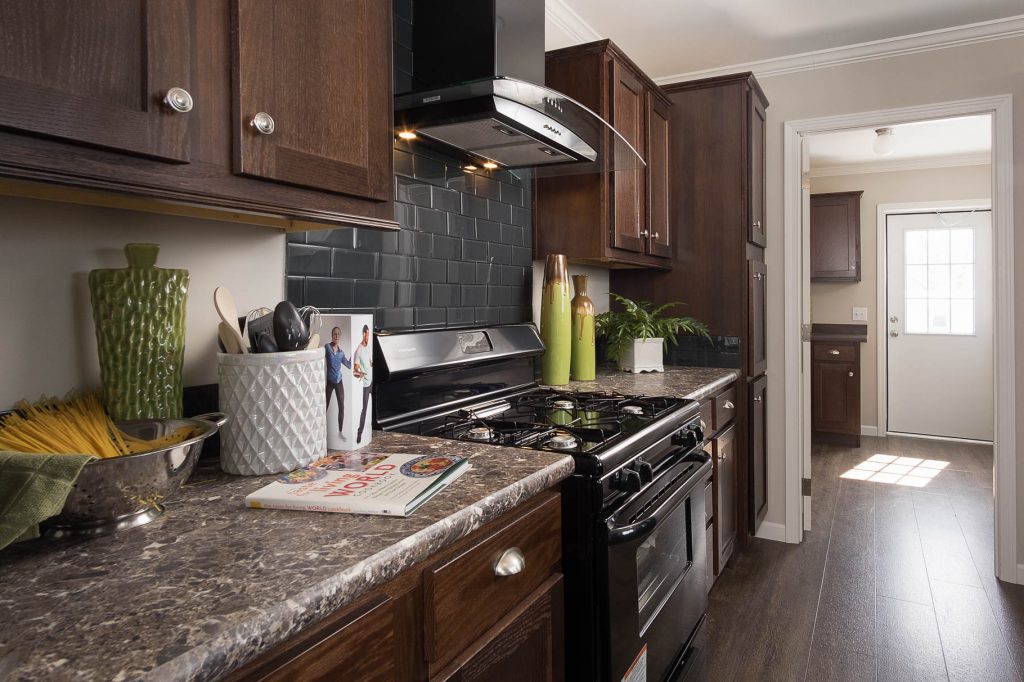
The Cost of Professional Architectural Photography
The cost of professional architectural photography can vary greatly depending on the size and complexity of the project. The cost is determined by several factors, including the level of experience of the photographer, the amount of equipment required, the location of the project, and the number of images needed.
It is important to note that the cheapest photography option or photographer is not always the best option. A professional architectural photographer has invested in their equipment, knowledge, and skills to capture exceptional images. It is worth investing in quality images to showcase your work and stand out in a competitive market.
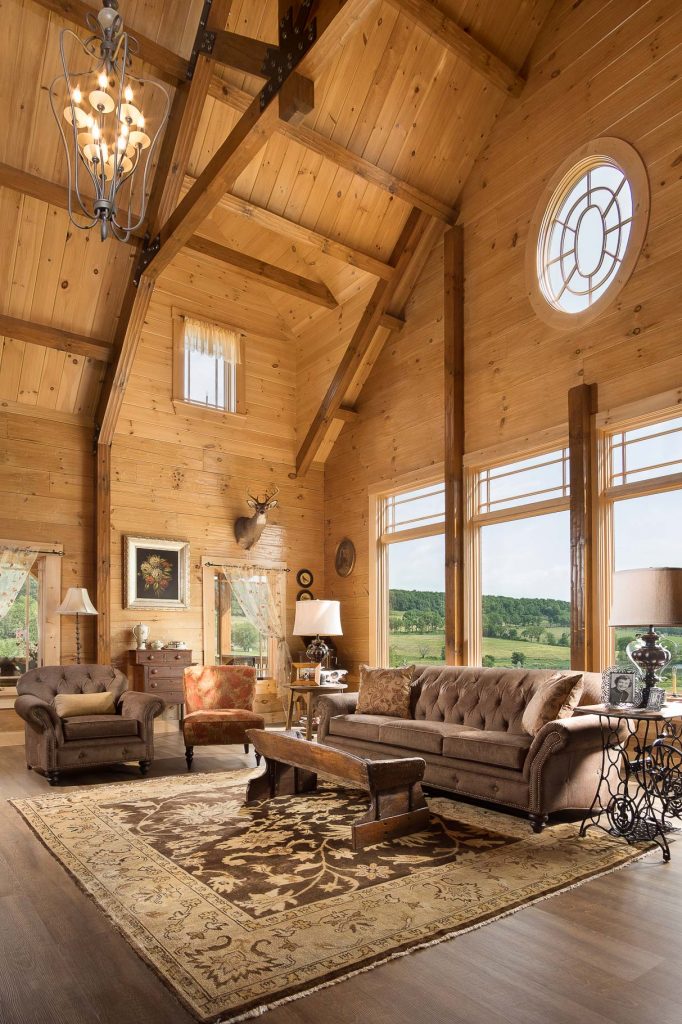
Benefits of Hiring a Professional Architectural Photographer
1. Showcasing Your Work
Professional architectural photography can showcase your work in a way that is visually compelling and informative. It can help you differentiate yourself from your competitors and highlight the unique design features of your projects. This can be especially important when submitting your work for awards, publications, or for use on your website and social media.
For example, imagine you are an architect who has designed a modern, sustainable building that incorporates unique features like green walls, natural lighting, and open-air spaces. By hiring a professional architectural photographer, you can capture these features in stunning detail and use the images to showcase your work to potential clients or to submit your project for awards.
2. Marketing and Branding
Professional architectural photography can also be used for marketing and branding purposes. It can be used on websites, social media, brochures, and other marketing materials to showcase your work and attract potential clients. By investing in high-quality images, you can create a strong visual brand that reflects your style and expertise.
For example, if you are a construction company that specializes in high-end residential properties, you may use images of your completed projects on your website and in your marketing materials. These images can help to create a consistent visual brand and communicate your expertise to potential clients.
3. Return on Investment
Investing in professional architectural photography can result in a significant return on investment. High-quality images can help you win new clients, increase the perceived value of your work, and improve the overall image of your brand. By showcasing your work in the best possible light, you can attract more clients and increase your revenue.
4. Collaboration with Other Professionals
Professional architectural photography can also facilitate collaboration with other professionals in the industry. For example, if you are an architect who has designed a building, you may want to work with a professional architectural photographer to capture images of the building for use in presentations or for publication in industry magazines. By working with a professional photographer, you can ensure that the images accurately represent your design intent and highlight the unique features of the building.
5. Preservation of Your Work
Architectural photography can also be used to preserve your work for future generations. By capturing images of your completed projects, you can document the design intent and ensure that the building is remembered for its unique features and design. This can be especially important for historic buildings or buildings with unique design features that may not be around forever.
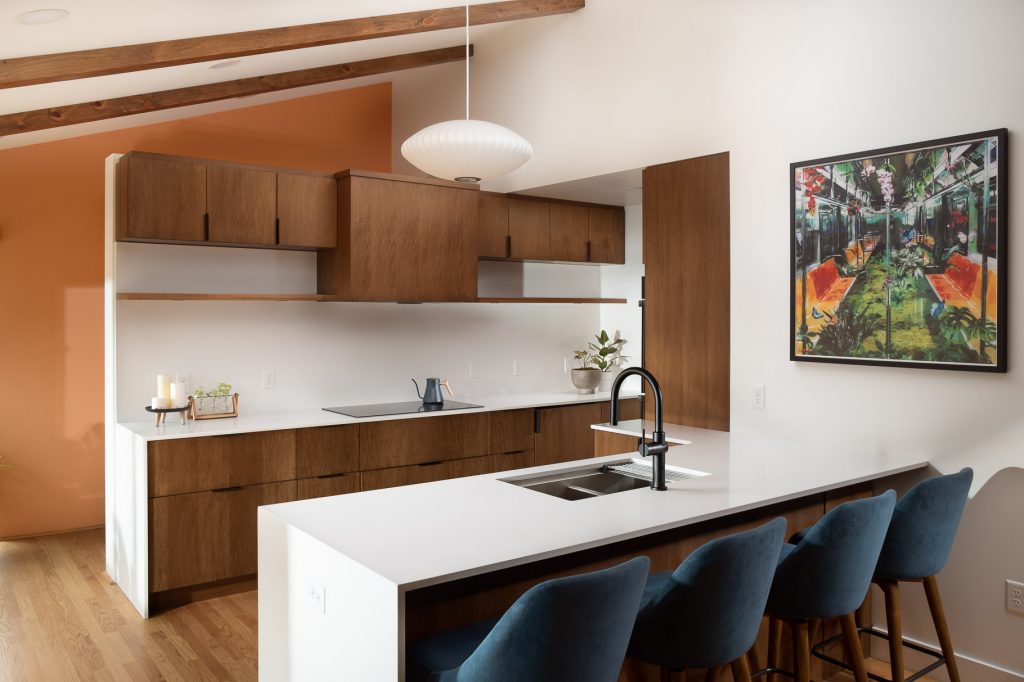
How to Choose a Professional Architectural Photographer
When choosing a professional architectural photographer, it is important to select someone who has the necessary expertise, experience, and equipment to produce exceptional images that meet your specific needs and expectations. Here are some factors to consider when choosing a professional architectural photographer:
- Experience: Look for a photographer who has experience in architectural photography and has worked on similar projects in the past.
- Portfolio: Review the photographer’s portfolio to get a sense of their style and expertise. Look for images that showcase similar projects to yours and that capture the unique design features.
- Collaboration: Look for a photographer who is willing to collaborate with you and understands your specific needs and expectations.
- Cost: While cost is an important consideration, it should not be the only, or primary, factor. Invest in quality images that showcase your work and communicate your expertise.
Conclusion
Professional architectural photography is a valuable investment that can provide numerous benefits to architects, designers, and construction companies. By showcasing the unique features of your projects, improving your marketing and branding efforts, and facilitating collaboration with other professionals, high-quality architectural images can help you achieve your business goals and stand out in a competitive market.
When choosing a professional photographer, it is important to select someone with the necessary expertise and experience to produce exceptional images that meet your specific needs and expectations. By investing in professional architectural photography, you can showcase your work in the best possible light, attract more clients, and increase your revenue.
